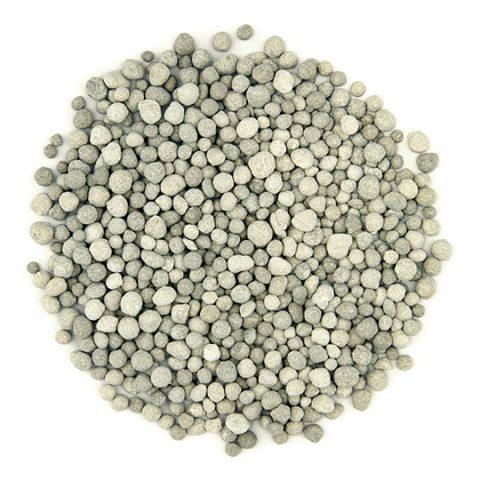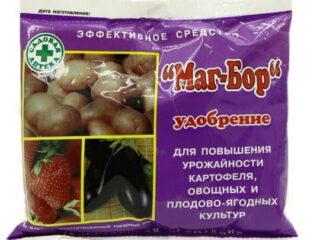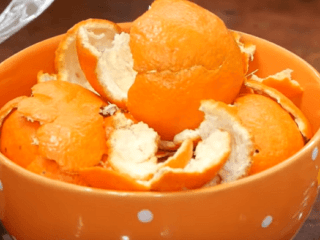Content
- 1 Description of the fertilizer
- 2 Types and composition of superphosphate
- 3 Symptoms of phosphorus deficiency in roses
- 4 Timing and scheme for feeding roses with superphosphate
- 5 Consequences of excess phosphorus
- 6 Common mistakes gardeners make
- 7 Precautionary measures
- 8 Compatibility with other fertilizers
- 9 Conclusion
- 10 Reviews on the use of superphosphate as a fertilizer
Superphosphate for roses occupies a leading position in the list of the best fertilizers. It is recommended to spray it over the leaves by irrigating the bushes using a spray bottle or embed it in the ground. Mineral fertilizing, its main component is phosphorus, a substance necessary for normal growth and development of the crop. Since it contains practically no nitrogen and does not provoke the growth of green mass, it can be used in the fall.

In spring, superphosphate is used when the rose already has leaves, but no buds yet.
Description of the fertilizer
Superphosphate is a fertilizer that mainly consists of phosphorus and small amounts of other elements: nitrogen, manganese, sulfur, gypsum and others. The benefits of phosphorus for roses and other plant crops are great; this substance is necessary for the life activity and development of all living things. Since thanks to this element the plant receives the necessary energy for growth, it is recommended to apply it to the soil as a fertilizer.You can use superphosphate on different soils, but you should take into account its acidity, for example, in slightly acidic or neutral soil it is perfectly absorbed by roses and other crops, but in soil with a pH below 5, the result of its application will be practically invisible.
Phosphorus-containing fertilizer is obtained from phosphorites by treating them with sulfuric acid. In stores it is found in the form of gray powder or granules, packaged in bags of various sizes.
Types and composition of superphosphate
There are several types of superphosphate, they all differ slightly from each other in the number of components they contain. In addition, each connection has its own advantages and disadvantages. For roses, flower growers often use simple or double superphosphate.
Simple superphosphate
Simple superphosphate (monophosphate) contains from 14 to 20% phosphorus oxide. Available in two types: granular and powder. It is characterized by weaker solubility than other superphosphates and a higher content of auxiliary impurities (such as gypsum).

Simple superphosphate is the most economical feeding option
Double superphosphate for roses
Double superphosphate, the use of which is useful for roses in autumn and spring, is a more concentrated fertilizer containing up to 46% phosphorus. It is easily diluted in water and can be used in liquid form using root and foliar feeding.
To speed up the process, pour it into hot water (50 g per 1 liter), then leave for about three hours, filter and bring to a volume of 10 liters.

Double superphosphate contains virtually no ballast compared to regular superphosphate.
Triple superphosphate
Triple superphosphate is also beneficial for roses. It consists of 50% phosphorus oxide, which is quite easily absorbed. Absolutely free of impurities.

Triple superphosphate is much higher in price than other similar fertilizers
Enriched superphosphate
The enriched fertilizer balances between simple and double superphosphates in terms of the concentration of the main substance. It is supplied to stores in ammoniated and granulated form.

Enriched superphosphate is used less often than others to fertilize roses.
Symptoms of phosphorus deficiency in roses
Phosphorus is of great importance for the lush flowering of the crop. It stimulates its growth, affects the number and size of buds, helps the formation of new roots and shoots, and reduces the freezing point. If there is a lack of this useful element, the rose loses its decorative effect, which is manifested in the following:
- The leaf blades of the crop become dark green and stop shining. Brown stripes and spots are visible on them, the veins acquire a purple color and decrease in size. Also, the leaves begin to fall earlier than expected.
- Rose shoots become crooked and weakened.
- The root system practically stops developing.

Superphosphate must be used to feed flowers before wintering so that they can cope better with frost.
Timing and scheme for feeding roses with superphosphate
It is recommended to apply superphosphates for the first time when preparing the area for planting roses. A granulated product is best suited for this procedure, as it has a more prolonged effect. The fertilizer is mixed with soil in an amount of 40 g per square meter of area. After planting, the soil is periodically moistened.
Phosphorus is applied to rose bushes up to five times per season, but if the weather is dry and hot, it is better to use it no more than three times. It is advisable to alternate foliar and root feeding. The work flow is approximately as follows:
- At the moment of swelling of the buds, after sanitary pruning, use from 15 to 20 g of the substance per bush, by embedding it in the ground or watering it with a solution that is prepared by diluting the same amount of substance in 12 liters of water.
- When the first shoots appear, apply up to 25 g of fertilizer per plant, in any way.
- At the initial stage of flower formation. 15 g per bush is enough.
- At the end of the first wave of flowering - 15 g.
- In autumn during preparation for winter - 10-15 g.
Prepare the concentrate in a small amount of hot water. And after the product has dissolved, the volume is adjusted to the required amount.
Consequences of excess phosphorus
An excess of any substance in the soil, as well as its deficiency, can adversely affect the development of roses. An overdose of superphosphate is fraught with withering of the bushes, yellowing and falling leaves. With a large amount of phosphorus in the soil, insoluble elements are formed that clog it. In addition, the accumulation of the substance lowers the level of iron, zinc and magnesium.
Common mistakes gardeners make
Flower growers do not always feed roses with superphosphates correctly. The most common mistakes include:
- Application of fertilizing without embedding. Since phosphorus and potassium are inactive elements, they do not spread much along the ground, so they must be buried in the soil to the level of the rose’s root system. If the dry method is used during work, the soil is loosened so that the granules end up in the underground layer.
- Uneven and irregular application. Rose bushes should be sprayed completely, until the leaves are wet. Dilute the drug strictly in accordance with the dosage, since an excess dose of phosphorus leads to disruption of photosynthesis, resulting in the accumulation of toxic substances in the soil.
- Ignoring the acidity of the earth. Before using fertilizer, it is advisable to check the pH level of the soil. If it turns out to be high, then preliminary preparation will be needed.
Precautionary measures
When fertilizing a rose garden with superphosphate, the gardener is advised to adhere to safety precautions. Although the compound is considered relatively harmless, you should wear gloves when working with it, and then wash your hands and face well with soap.
The substance should be stored according to the instructions:
- out of reach of children and pets;
- away from food and medicine;
- in a dark and dry room.

Superphosphate for roses cannot be used together with certain medications.
Compatibility with other fertilizers
Sometimes superphosphate is combined with other complex fertilizers, but this must be done correctly.It is important to know that the substance is prohibited from being used simultaneously with lime, urea, ammonium nitrate, and dolomite. If the roses have been fed with these compounds, then phosphates can be applied no earlier than seven days after. There are also substances that, on the contrary, increase the effectiveness of the drug and are often used in combination with it. For example, roses respond well to double boron, magnesium, and molybdenum superphosphate.
Conclusion
Superphosphate for roses is often used by summer residents and flower growers because of its high efficiency and relatively low cost. Since fertilizer is available in different forms, each of which has its own shape, you can choose the most suitable option. Thanks to this feeding, roses grow well, bloom more abundantly, winter better and are less likely to be exposed to various diseases. It can be used both in spring and autumn.
Reviews on the use of superphosphate as a fertilizer








